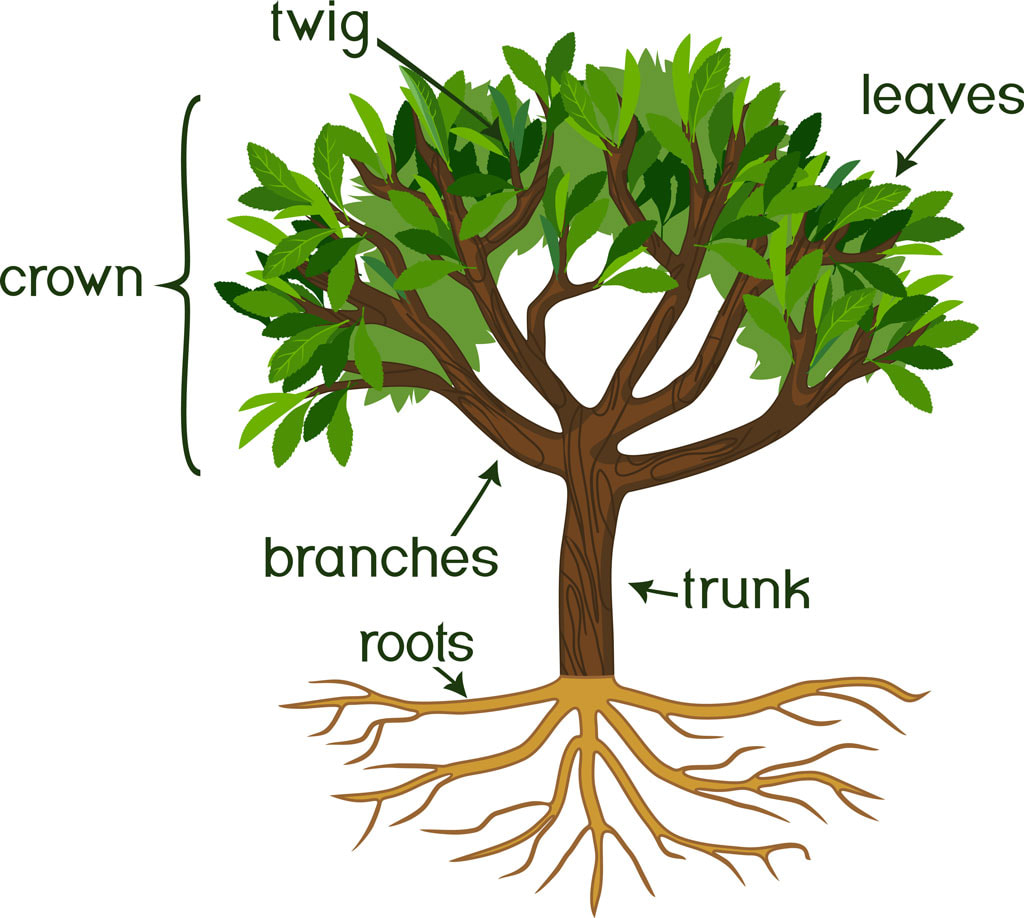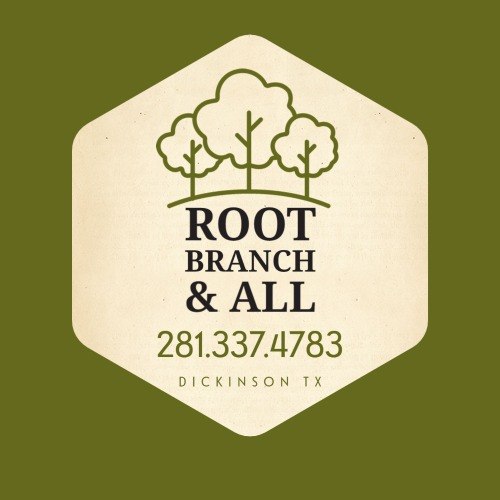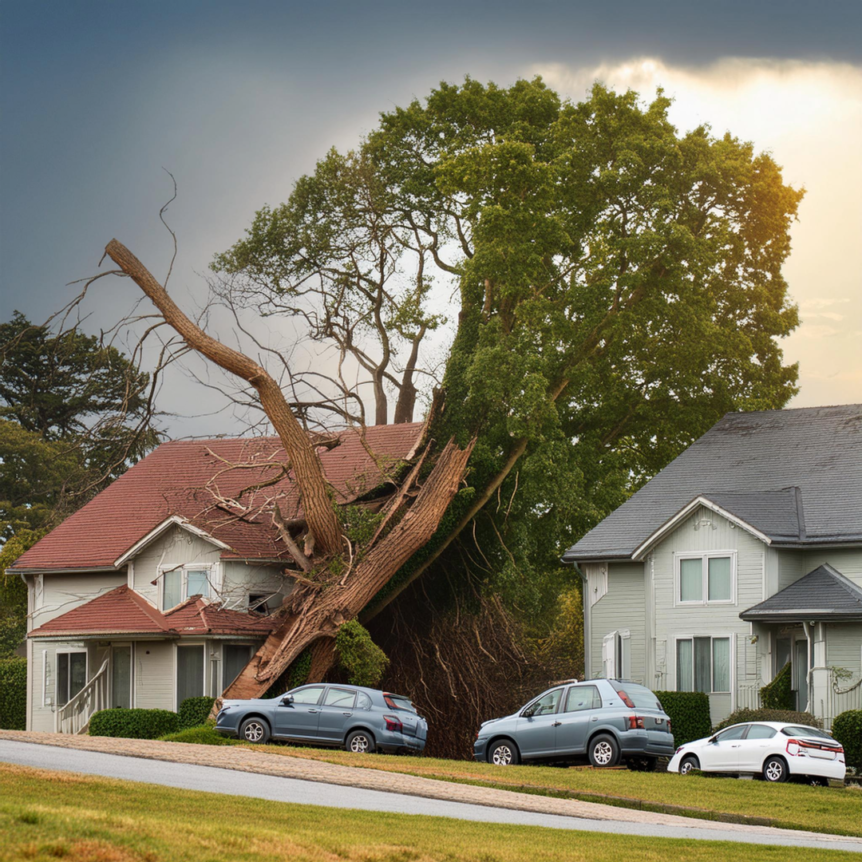The Importance of Tree Trimming for Storm Protection
Severe storms can wreak havoc on homes and properties. Fallen trees and branches are a significant contributor to the damage. Proper tree trimming is an essential preventive measure that can significantly reduce the risk of storm-related tree damage. According to recent statistics, fallen trees and branches account for a staggering 25% of all insured losses from storms! This highlights the critical need for proactive tree maintenance.
During high winds and heavy rains, weakened or overgrown branches can easily snap off. They can crash down on homes, vehicles, power lines, and other structures, resulting in costly repairs and potential safety hazards. By regularly trimming trees, homeowners can mitigate these risks by removing dead, diseased, or precarious limbs that are more susceptible to breaking during severe weather events.
Proper tree trimming promotes healthier growth patterns and a more balanced structure. Thus making trees more resilient to the forces of nature. Well-maintained trees with evenly distributed branches are less likely to topple over. They sustain less significant damage during storms. Ultimately, this protects your property and minimizes the risk of costly repairs or personal injury.
Understanding Tree Growth and Structure
Trees are remarkable living organisms that continuously grow and adapt to their environment. Their growth patterns play a crucial role in determining their structural integrity and resilience against severe weather conditions like storms.
Trees grow in two distinct ways: apical growth and radial growth. Apical growth occurs at the tips of branches and roots. This allows the tree to increase in height and spread its branches and root system outward. Radial growth, on the other hand, involves the thickening of the trunk, branches, and roots, providing strength and stability to the tree’s structure.

Branches are essential components of a tree’s structure, serving as the primary support system for the canopy and foliage. They grow outward from the trunk, forming a network of smaller branches and twigs. Proper branch structure and distribution are crucial for maintaining the tree’s balance. Preventing excessive weight or stress on any particular area is key.
Roots play an equally vital role in a tree’s growth and stability. They anchor the tree to the ground, absorbing water and nutrients from the soil. A healthy and well-established root system can support the tree’s growth. This can help prevent uprooting during high winds or heavy rainfall.
Paying Attention to What your Tree is Saying
Neglected growth can lead to structural issues that make trees more vulnerable to storm damage. Overgrown or improperly pruned branches can become heavy and unstable, increasing the risk of breaking or falling during high winds. Additionally, crowded or crossing branches can create weak points and cause internal decay, further compromising the tree’s structural integrity.
Proper tree maintenance, including regular pruning and thinning, is essential to promote healthy growth patterns and maintain a strong, balanced structure. By addressing issues like overcrowded branches, codominant stems, and poor branch attachments, trees can better withstand the forces of nature. This can minimize the risk of storm-related damage to property and personal safety.
Identifying Hazardous Tree Branches
Identifying potentially hazardous tree branches is a crucial step in preparing your property for severe weather events. During a storm, weak, dead, or overhanging branches can break off and cause significant damage to your home, vehicles, or even endanger lives! It’s essential to assess your trees regularly and address any potential risks promptly.
One of the primary indicators of a hazardous tree branch is its structural integrity. Look for cracks, splits, or cavities in the branch, as these can weaken its strength and increase the likelihood of failure during high winds or heavy rain. Dead or dying branches are also a significant concern, as they are more brittle and prone to breaking.
Overhanging branches that extend too close to your home or other structures pose a direct threat during storms. Strong winds can cause these branches to fall, potentially damaging your property or injuring anyone in their path.
Additionally, pay attention to branches with excessive weight or uneven distribution of foliage. The added stress on these branches can make them more susceptible to breaking during storms.
While a trained eye can identify many potential hazards, it’s essential to consult with a professional arborist or tree care specialist for a comprehensive assessment. These experts have the knowledge and experience to evaluate the overall health and structural integrity of your trees, identifying potential risks that may not be immediately apparent to the untrained eye.
A professional assessment can also provide valuable guidance on the appropriate course of action. It may involve selective pruning, cable bracing, or, in severe cases, complete tree removal. Their expertise can help you make informed decisions to ensure the safety of your property and loved ones during severe weather events like hurricanes.
The Benefits of Regular Tree Trimming
Regular tree trimming offers numerous benefits that contribute to the overall health and safety of your trees and property. By strategically removing dead, diseased, or overgrown branches, you can improve the tree’s structure, reduce the risk of damage during storms, and promote healthy growth.
One of the primary advantages of tree trimming is the prevention of potential hazards. Overhanging or weakened branches can pose a significant threat during high winds or severe weather conditions. This can potentially cause damage to your home, vehicles, or other structures on your property. By removing these hazardous branches, you minimize the risk of falling limbs and the associated property damage.
Tree trimming also plays a crucial role in maintaining the overall health of your trees. Proper pruning techniques can improve air circulation and sunlight penetration, allowing the tree to receive the necessary nutrients for optimal growth. Additionally, removing dead or diseased branches can prevent the spread of infections and promote the tree’s natural healing process.
Another benefit of regular tree trimming is the enhancement of the tree’s aesthetic appeal. Well-maintained trees with balanced shapes and appropriate branch distribution simply look better. They can significantly improve the curb appeal of your property, potentially increasing its value.
Furthermore, tree trimming can help manage the size and shape of your trees, preventing them from becoming overgrown or encroaching on nearby structures or power lines. This proactive approach can save you from costly repairs or potential legal issues arising from neglected tree maintenance.
Overall, regular tree trimming is an essential practice for maintaining the health, safety, and beauty of your trees and property. By investing in professional tree care services, you can ensure that your trees are properly trimmed, reducing the risk of storm damage and promoting their longevity and vitality.
When to Trim Trees for Storm Preparedness
The best time for trimming trees to prepare for storm season is during the dormant period in late winter or early spring, before new growth emerges. This timing allows fresh pruning cuts to heal quickly once the tree breaks dormancy. Aim to complete major trimming at least 6-8 weeks before the anticipated start of hurricane season or the stormiest months in your region.
For areas with year-round storm threats, like Houston, plan tree trimming annually or bi-annually. In this case, schedule the work during the cooler months when trees are less active and healing is faster. Avoid major trimming from late spring through summer when trees are in their peak growth phase.
If a significant storm is forecasted within a week or two, it’s generally too late for trimming as an effective protective measure. The pruning wounds will be fresh and vulnerable to tearing. However, very light trimming to remove any obvious hazards like hanging branches may be worthwhile as a last-minute precaution.
Ultimately, the ideal tree trimming schedule depends on your local climate patterns, the tree species on your property, and their overall health condition. Consult an arborist for tailored guidance on timing and preparing your landscape for severe weather events.
Proper Tree Trimming Techniques
Proper tree trimming techniques are crucial for maintaining the health and structural integrity of your trees while minimizing the risk of damage during storms. It’s essential to understand that improper trimming can severely harm the tree and potentially create more hazards. Here are some key points to consider:
Pruning vs. Trimming:
Pruning involves the selective removal of specific branches or stems to improve the tree’s structure, health, and appearance. Trimming, on the other hand, refers to the overall shaping and maintenance of the tree’s canopy.
Timing:
The best time for trimming varies depending on the tree species and your location. Generally, it’s recommended to trim during the dormant season when the tree is not actively growing, typically in late winter or early spring.
Correct Cutting Techniques:
When trimming branches, make clean cuts at the branch collar (the swollen area where the branch meets the trunk or larger limb). Avoid flush cuts that remove the branch collar, as this can create entry points for diseases and pests. Use sharp, clean tools to prevent tearing or ripping the bark.
Branch Size:
Limit the removal of large branches (those with a diameter greater than 4 inches) to minimize the risk of damaging the tree’s structure and creating entry points for pests and diseases.
Canopy Thinning:
Selectively remove branches from the tree’s interior to allow better air circulation and light penetration, reducing the risk of broken branches during storms.
Hiring Professionals:
Certified arborists follow industry standards and best practices for tree care, ensuring that your trees are trimmed correctly without compromising their health or structural integrity. They can also provide valuable advice on the appropriate trimming techniques for your specific tree species and local conditions.
Remember, improper tree trimming can lead to serious consequences, including tree damage, property damage, and even personal injury. By following proper techniques, you can help protect your trees and property during storms while maintaining the beauty and value of your landscape.
Tree Trimming vs. Tree Removal
While regular tree trimming is essential for maintaining the health and structural integrity of trees, there are instances when complete tree removal becomes necessary for safety reasons. Certain signs can indicate that a tree poses a significant risk and should be removed rather than trimmed.
One major indicator is a tree’s overall health and stability. If a tree is severely diseased, it may be too compromised to be saved through trimming alone. This can look like pests infestation or has significant structural damage from storms or other events. In such cases, the tree’s weakened condition could make it susceptible to further deterioration or even collapse. This poses a threat to nearby structures, vehicles, or people.
Another factor to consider is the tree’s location and its potential impact on surrounding areas. If a tree is growing too close to buildings, power lines, or other infrastructure, its roots or branches may cause damage or obstruction. In these situations, removal may be the more practical solution, especially if the tree’s growth pattern cannot be effectively controlled through trimming.
If a tree has experienced major structural failures, such as large branch breakages or splitting of the trunk, it may be unsafe to attempt to trim or prune the remaining portions. These structural issues can compromise the tree’s overall stability. This increases the risk of further failures, making removal the safer option.
To determine whether a tree should be trimmed or removed, it’s crucial to have a tree care professional conduct a thorough inspection. They can assess the tree’s health, structural integrity, and potential risks, and provide recommendations based on their expertise. In some cases, a combination of trimming and selective branch removal may be recommended. This can help to address specific concerns while preserving the tree’s overall health and longevity.
Protecting Your Property with Proper Tree Maintenance
Regular tree maintenance, particularly pruning and trimming, is an essential aspect of safeguarding your property against the potential dangers posed by severe storms. Neglected or overgrown trees can become significant hazards. During high winds, heavy rain, or even snowstorms, trees can topple, putting your home, vehicles, and other structures at risk.
By proactively trimming your trees, you can mitigate the likelihood of fallen branches or entire trees causing damage to your property. Well-maintained trees are less susceptible to breakage and uprooting, as they have a balanced structure and reduced weight from the removal of dead or dying limbs.
Proper tree trimming allows for better wind flow. This reduces the risk of trees acting as sails and toppling over during storms. This preventative measure only protects your property. It protects your neighborhood as well. Proper trimming minimizes the chances of trees falling onto power lines that can lead to widespread power outages.
Incorporating regular tree maintenance into your property management routine is a wise investment. It can save you from costly repairs and potential liabilities. By working with professional arborists or tree care specialists, you can ensure that your trees are properly assessed, trimmed, and maintained. Thus providing an added layer of protection for your property during severe weather events.
Finding a Reliable Tree Care Professional
When it comes to tree trimming and maintenance, it’s crucial to work with professionals who have the necessary expertise and qualifications. Hiring an inexperienced or unqualified individual can put your property and personal safety at risk. Here are some tips to help you find a reliable tree care professional in your area:
- Look for Certifications: Reputable tree care companies typically employ certified arborists. These professionals have undergone extensive training and passed rigorous exams to demonstrate their knowledge and skills in tree care.
- Check for Proper Licensing and Insurance: Tree work can be dangerous, and accidents can happen. Ensure that the company you hire is properly licensed and insured. This protects you from liability in case of any accidents or property damage during the tree trimming process.
- Ask for References and Reviews: Request references from previous clients and read online reviews to gauge the company’s reputation and customer satisfaction. A reputable tree care professional should be able to provide you with examples of their work.
- Inquire About Safety Practices: Safety should be a top priority when it comes to tree work. Ask about the company’s safety protocols. Ask about the use of proper equipment, safety gear, and adherence to industry standards and regulations.
- Obtain Detailed Quotes: Before hiring a tree care professional, obtain detailed quotes. They should outline the scope of work, the cost, and any additional fees. This will help you understand the services you’re paying for and avoid any surprises or hidden costs.
- Consider Local Companies: Local companies often have a better understanding of the specific climate, soil conditions, and species in your area. They may also have established relationships with local authorities, which can be helpful when obtaining necessary permits or approvals for tree work.
- Communicate Clearly: Discuss your specific needs and concerns with the tree care professional. A reputable company will take the time to understand your goals and provide recommendations tailored to your situation.
Conclusion

